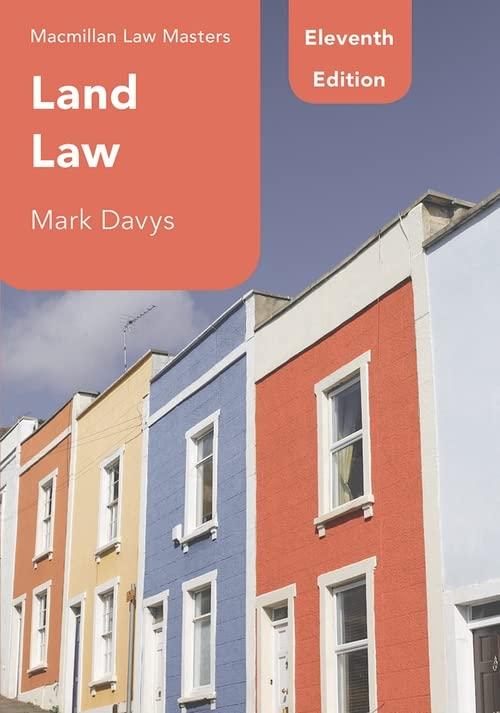Question
PLEASE ONLY USE THE REFERENCE I HAVE PROVIDED NOTHING ELSE Issue: What overarching issue was the court addressing or resolving (one questions not a paragraph


PLEASE ONLY USE THE REFERENCE I HAVE PROVIDED NOTHING ELSE
Issue: What overarching issue was the court addressing or resolving (one questions not a paragraph just one sentence encapsulating)
Facts: What are the facts that the court described and cared about?
facts section should only include the actual facts of the case.
Rule of Law:What rule please mention the statue, case, legal principle mentioned in the images, did the court apply
*rule of law segment should only include the actual statutes, constitutional amendments or cases the Court applies the facts
Application- how did the court apply the rule to the facts?
*application section should be how the Court applied the facts to the law
Conclusion: what result did the court reach and WHY?
PAYTON v. NEW YORK
Mr. Justice STEVENS delivered the opinion of the Court. These appeals challenge the constitutionally of New York statues that authorize police officers to enter a private residence without a warrant and with force, if necessary, to make a routine felony arrest.
On January 14, 1970, after two days of intensive investigation, New York detectives had assembled evidence sufficient to establish probable cause to believe that Theodore Payton had murdered the manager of a gas station tow days earlier. At about 7:30 a.m. on January 15 six officers went to Payton's apartment in the Bronx intending to arrest him. They had not obtained a warrant. Although light and music emanated from the apartment, there was no response to their knock on the metal door. The summoned emergency assistance and, about 30 minutes later, used crowbars to break open the door and enter the apartment. No one was there. In plain view, however, was a 30 caliber shell casing that was seized and later admitted into evidence at Payton's murder trial.
In due course Payton surrendered to the police, was indicted for murder, and moved to suppress the evidence taken from his apartment. The trial judge held that the warrantless and forcible entry was authorized by the New York Code of Criminal Procedure, and that the evidence in plain view was properly seized... The Appellate Division, First Department, summarily affirmed.
*Please ignore the Boyd v. United States 116 U.S. 616 630 *1886 & Indeed, as Mr. JUSTICE POWELL noted in his concurrence in United States v. Watson


Step by Step Solution
There are 3 Steps involved in it
Step: 1

Get Instant Access to Expert-Tailored Solutions
See step-by-step solutions with expert insights and AI powered tools for academic success
Step: 2

Step: 3

Ace Your Homework with AI
Get the answers you need in no time with our AI-driven, step-by-step assistance
Get Started


